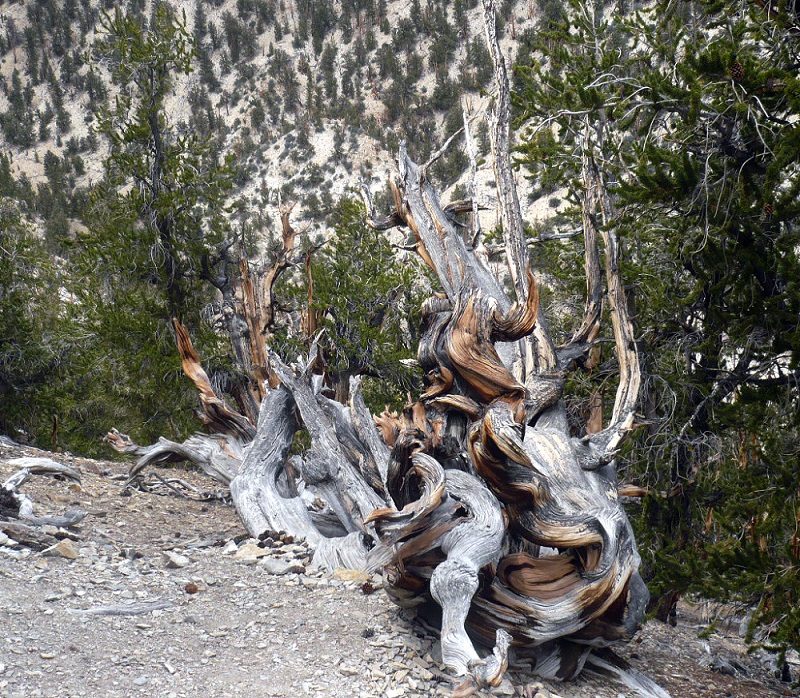
© Nagoya UniversityFigure: Picture of the bristlecone pine forest in California, the United States where the bristlecone pine sample for this study used to live (taken by Prof. A.J.T. Jull). In this forest, there are many living old trees exceed 1000 years old. Harsh environments make bristlecone pines very dense and long lives.
An international team led by researchers at Nagoya University, along with US and Swiss colleagues,
has identified a new type of solar event and dated it to the year 5480 BC; they did this by measuring carbon-14 levels in tree rings, which reflect the effects of cosmic radiation on the atmosphere at the time. They have also proposed causes of this event, thereby extending knowledge of how the sun behaves.
When the activity of the sun changes, it has direct effects on the earth. For example, when the sun is relatively inactive, the amount of a type of carbon called carbon-14 increases in the earth's atmosphere. Because carbon in the air is absorbed by trees, carbon-14 levels in tree rings actually reflect solar activity and unusual solar events in the past. The team took advantage of such a phenomenon by analyzing a specimen from a bristlecone pine tree, a species that can live for thousands of years, to look back deep into the history of the sun.
"We measured the
14C levels in the pine sample at three different laboratories in Japan, the US, and Switzerland, to ensure the reliability of our results," A. J. Timothy Jull of the University of Arizona says. "We found a change in
14C that was more abrupt than any found previously, except for cosmic ray events in AD 775 and AD 994, and our use of annual data rather than data for each decade allowed us to pinpoint exactly when this occurred."

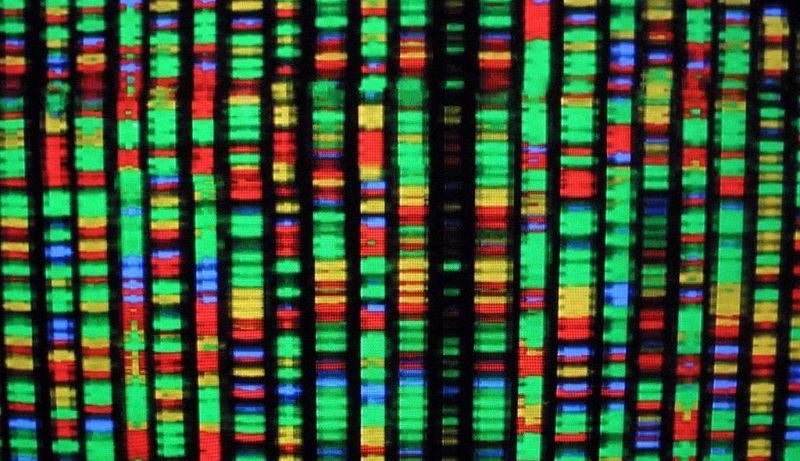




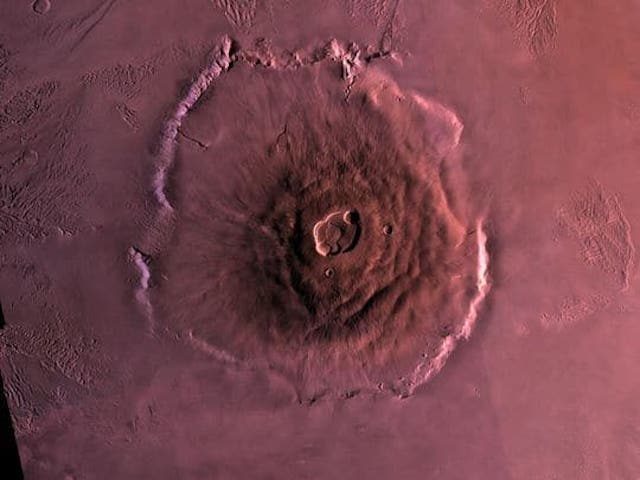
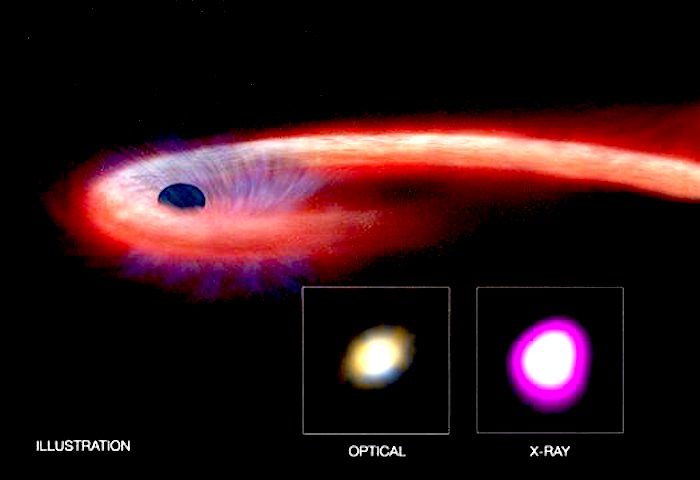
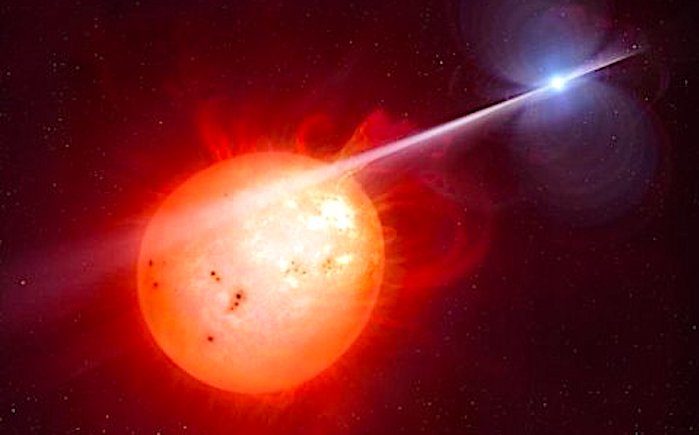




Comment: Childhood Personality Can Predict Important Outcomes in Emerging Adulthood